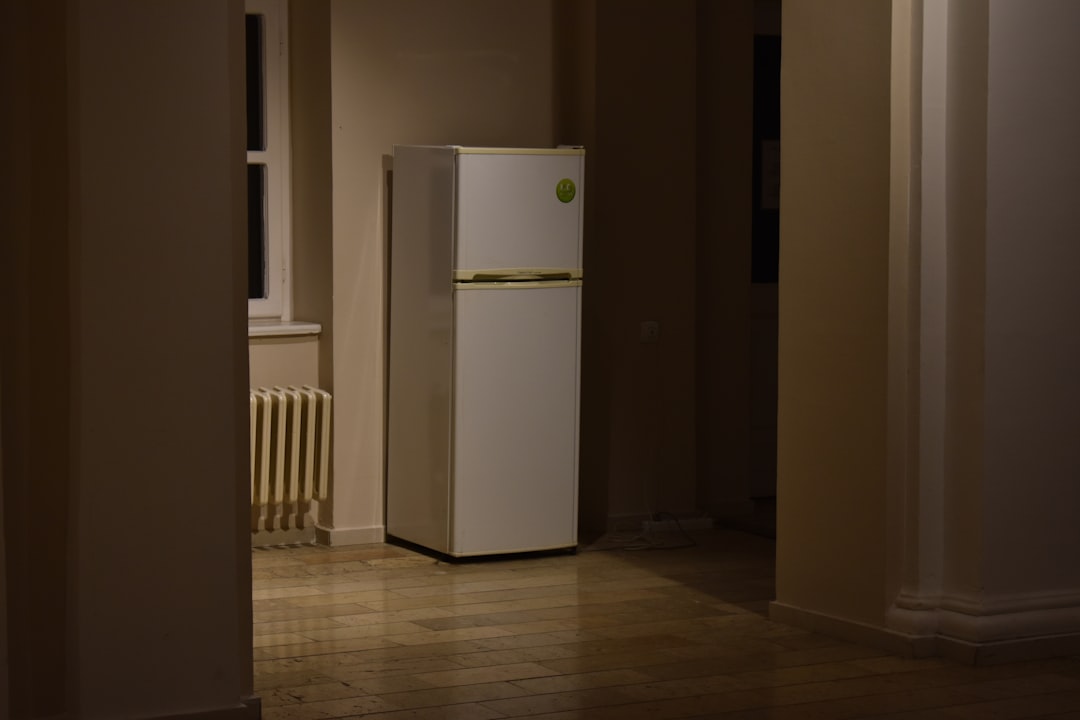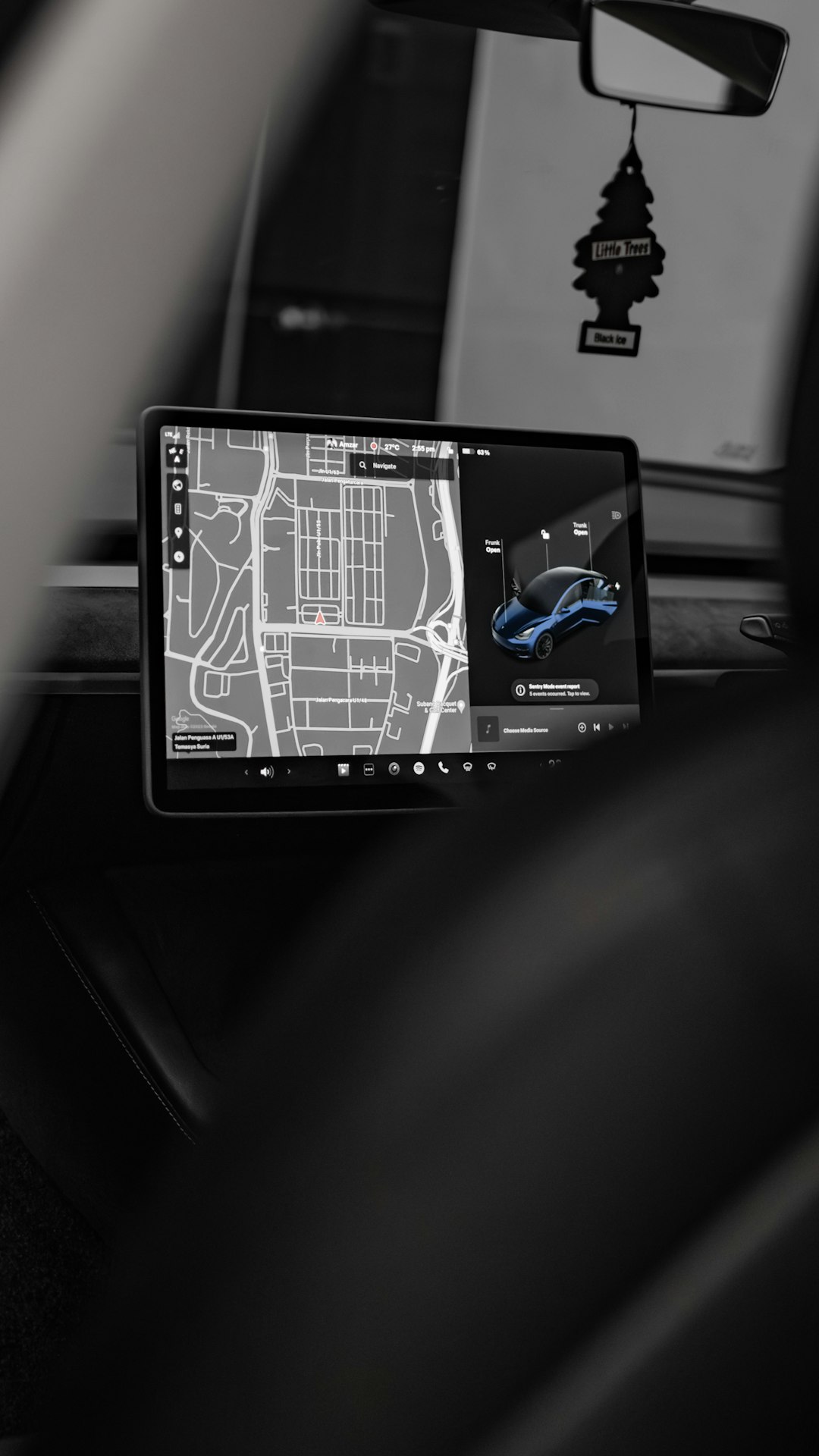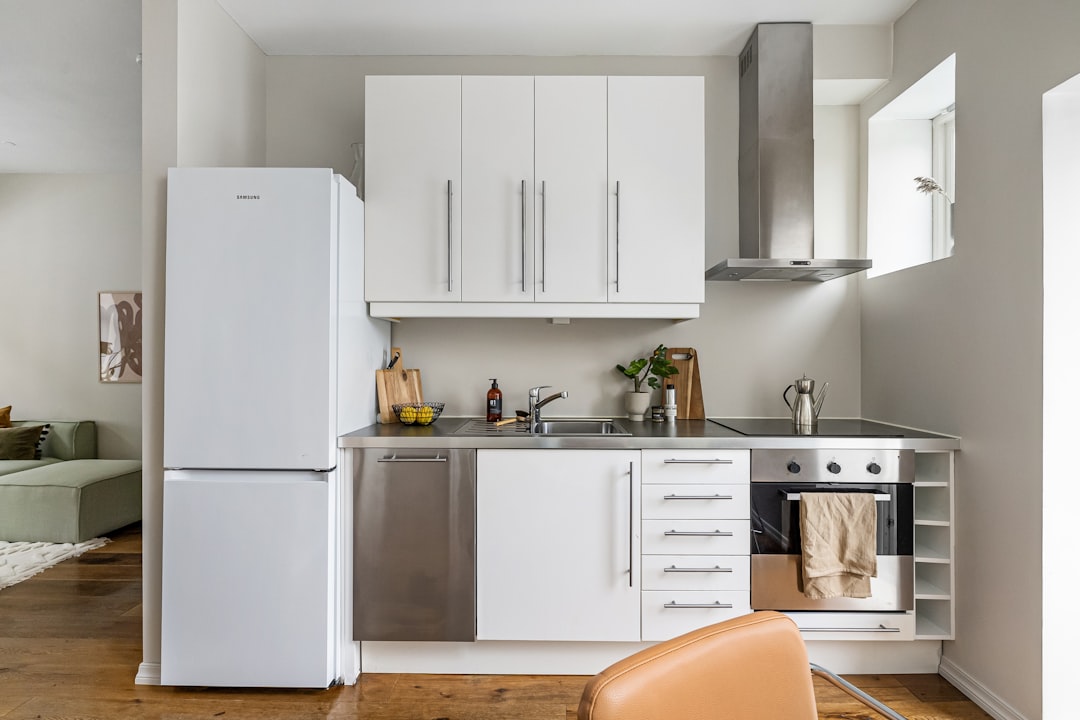As smart home technology continues to evolve, the concept of a “robot fridge” is quickly moving from science fiction curiosity to real-world practicality. The integration of artificial intelligence, robotics, and IoT (Internet of Things) into traditional kitchen appliances is reshaping how users interact with something as fundamental as a refrigerator. With innovations ranging from automated inventory systems to mobile fridge units that follow users around the house, it’s worth investigating which of these futuristic features are viable for the average consumer — and which are still more novelty than necessity.
The Vision Behind Robot Fridge Concepts
Robot fridge concepts are inspired by a desire to simplify life, reduce food waste, and enhance home automation. These devices aim to predict consumer needs, manage perishable items more effectively, and integrate seamlessly with other smart home solutions like voice assistants and apps. Different manufacturers and tech developers envision robot fridges functioning as personal assistants, inventory managers, and even health coaches, tailored to dietary needs.
However, not all these ideas are equally practical or ready for mass adoption. Let’s examine which features make sense both technically and commercially, and which ones may need more time — or might ultimately prove unnecessary.
What’s Currently Practical in Robot Fridges
- Smart Inventory Management: Modern smart fridges are already equipped with interior cameras, barcode readers, and weight sensors that help keep track of food items. These can send notifications to your smartphone when you’re running low on milk or when an item is nearing its expiration date.
- Remote Monitoring and Control: Many smart fridges allow users to view the inside via a mobile app while grocery shopping, which aids in preventing redundant purchases. Temperature controls and defrost settings can also be managed remotely.
- Integration With Digital Assistants: Integration with platforms like Amazon Alexa or Google Assistant is currently practical. You can ask your fridge what’s inside, get recipe suggestions based on available ingredients, or even order groceries online.
- Energy Efficiency Optimization: Smart fridges can learn user behavior to optimize cooling cycles and thereby conserve energy. For example, they may reduce power consumption during hours when the fridge is rarely opened.
These features are not only practical but are already present in several consumer models. They offer tangible benefits, such as energy savings, reduced food waste, and increased convenience.
Conceptual Features That Are Still Emerging
While the current generation of smart fridges is already impressive, developers are looking towards even more ambitious functionalities for robot fridges:
- Autonomous Mobility: One proposed feature is a fridge on wheels that follows users around the house. While conceptually intriguing — especially for elderly or disabled individuals — the technological hurdles and cost of embedding safe, reliable mobility features make it an implausible widespread solution in the near term.
- Automated Culinary Assistance: Some visions include robot fridges that not only store and recommend food but actively help cook it. Whether by coordinating with robotic arms or predetermined smart recipes, this concept is still in its infancy.
- Advanced AI for Dietary Coaching: A fridge that analyzes your nutrition and offers mood- or health-based meal suggestions sounds ideal. However, the complexity of accurately tracking consumption and offering genuinely useful advice makes this more aspirational than practical — at least for now.

These emerging features may serve niche uses or act as luxury add-ons in premium models, but they are far from universal practicality. They may require extensive setup, high costs, and frequent system updates to function effectively in a home environment.
Challenges to Widespread Adoption
Despite the potential, robot fridges face several significant barriers to becoming mainstream household fixtures:
- Cost: Advanced features typically come with a significant price increase. A typical smart fridge can cost twice as much as a conventional one, making affordability a major roadblock.
- Maintenance and Reliability: Adding more technology increases the chance of hardware or software failure. When components like internal cameras, touchscreen displays, or robotic elements fail, repairs can be costly and complicated.
- Privacy Concerns: Cameras inside your fridge may seem benign, but when connected to cloud services or third-party apps, it raises data privacy concerns. Users are justifiably wary of having intimate aspects of their daily lives tracked and analyzed.
- Technological Compatibility: Older homes or non-smart systems may encounter difficulties with integration, limiting the actual usability of high-tech refrigerators.
These challenges underscore the need for thoughtful design, robust security features, and clearer cost-benefit propositions for consumers.
Design Considerations for Practical Robot Fridges
To be truly practical, robot fridge concepts should focus on features that add clear value without overcomplicating an already essential household item. Practical design considerations include:
- User-Friendly Interfaces: Simple touchscreens, voice command functionalities, and intuitive mobile apps make advanced features accessible, even for users who are not tech-savvy.
- Modular Components: Incorporating modular features like removable smart panels, internal sensors, and cameras can facilitate easier upgrades and maintenance.
- Customizable Alerts and Reports: Allowing users to calibrate expiration alerts, grocery reminders, or temperature thresholds helps prevent notification fatigue and ensures people only get useful prompts.
- Power Backup and Fault Tolerance: Including integrated battery backups or failsafe temperature protection ensures food stays safe in case of system malfunctions or power outages.

Practical robot fridge designs prioritize enhancements to core refrigerator functionality. They do not attempt to reimagine the fridge as an omnipotent kitchen device, but as a smarter, more efficient version of what consumers already know and trust.
Real-World Examples
Several companies have already made headway in the development of practical robot fridge features:
- Samsung Family Hub: With interior cameras, personalized profiles, and compatibility with Samsung’s ecosystem, the Family Hub fridge offers real-world applications for grocery management and meal planning.
- LG InstaView ThinQ: Features like voice control, smart diagnosis, and see-through doors show how integrated smart functions can enhance user interaction without overwhelming them.
- Whirlpool Smart French Door Fridge: Sporting simple app controls and compatibility with voice assistants, this fridge focuses on practical efficiency over novel features.
These examples demonstrate a growing trend toward smart fridges that favor user needs and realistic capabilities over overly ambitious or convoluted features.
Conclusion: Balancing Innovation and Usability
Robot fridge concepts hold incredible promise for the future of smart living. However, the key to their widespread success lies in discerning what’s truly practical. Features like smart inventory management, remote monitoring, and seamless digital assistant integration are already proving their worth. On the other hand, more speculative elements — autonomous mobility, robotic cooking, or deep AI dietary insights — still face technological and market hurdles.
As consumers, embracing innovation makes sense only when the value it brings outweighs the cost and complexity. The most successful robot fridges of the next decade will not be those packed with the most features, but those that get the basics right — and then make them just a little smarter.
 logo
logo



